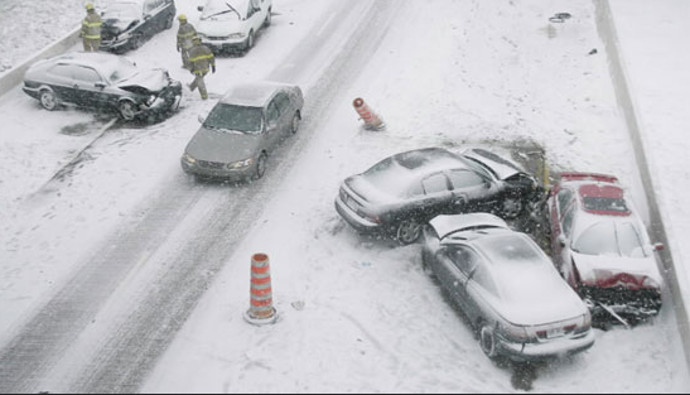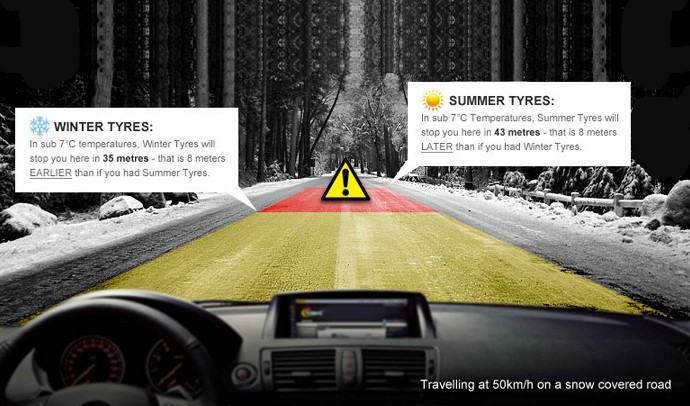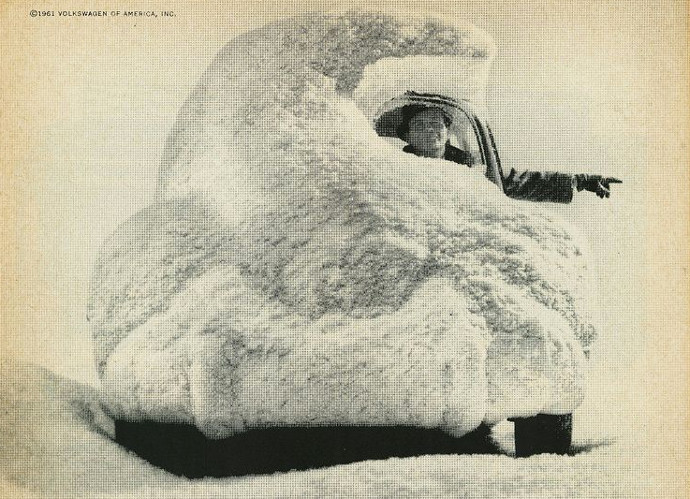With rain, ice and possibly snow likely to become a common feature on the weather forecast in the not too unforeseeable future, there’s always the possibility of a shunt. Usually, it’s someone else’s fault (of course) but there’s driving techniques you can adopt to prevent damaging your much loved Dub. So here’s some top winter driving tips to keep you out of trouble…
Dial out the spin
Like in politics, it’s best to avoid the spin. So when it comes to slippery roads, accelerate gently and progressively to avoid losing traction at the driven wheels. Wheelspin can lead to loss of steering control in a front wheel drive car, or an oversteer slide in a rear wheel drive classic. Both will prevent you from going in the direction you want and can be difficult to recover from.

Get a grip
If you start wheelspinning resist the urge to floor the throttle. Instead back off the beans and then reapply smoothly, keeping engine speed as low as possible in order to maximise grip. Pulling away in second gear might help because higher gears reduce torque at the driven wheels and therefore lower the chances of wheelspin.
Gently does it
It’s important to avoid any sudden driver inputs such as sharp steering actions, braking, acceleration or jerky gear changes. Bear in mind you only have a limited amount of grip available and your tyres can only cope with so much. Driving slowly and smoothly will conserve grip, and make things a lot safer.

Fit winter tyres
Winter-specific rubber provides better grip in rubbish conditions by having treads with a greater number of blocks for better irrigation and tiny grooves in the tread that increase the number of edges of rubber in contact with the road. They also made up from a larger percentage of natural rubber and silica which doesn’t harden as much as synthetic rubber when temperatures drop below 7 degrees Celsius, which also improves their performance when temperatures plummet As you can see, braking performance is significantly better than with standard summer tyres.

Leap of faith
If you’ve got ABS, let it do its work by keeping a firm pressure on the brake pedal. If you’re driving a more classic VW, try cadence braking, gently applying then coming off the pedal in a pumping action to mimic the effect of ABS. You might need to ease off the brakes to steer more effectively because if you lock up, you’ll only go one way – and that’s straight on through a snowy hedge possibly.
Slippery slopes
Icy or snowy inclines present one of the biggest challenges when it comes to winter driving and the secret here is to carry enough momentum to make it to the top. Don’t go mad, but hit the hill with at a decent pace, staying in the highest gear possible to improve traction. On the way down, use engine braking to prevent skidding all over the place.

Clear vision
Finally, there’s all the obvious stuff like trying to anticipate hazards well in advance and being sure to clear all the ice from your windows so there’s no blind spots. If you depend on a car during winter, it’s also a good idea to hone your driving skills by booking in at a skid pan facility. You never know, the skills you learn here could save your life one day. And if the weather is really bad the simple advice – as always – is to stay at home.

Ian
The opinions expressed here are the personal opinions of the author and do not necessarily represent the views and opinions of VW Heritage.

